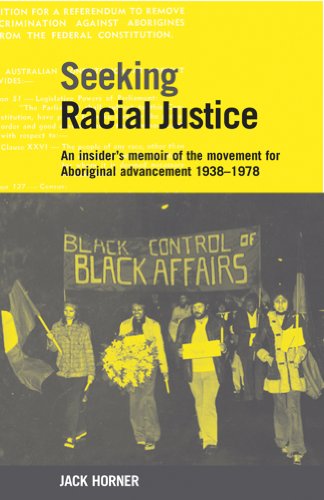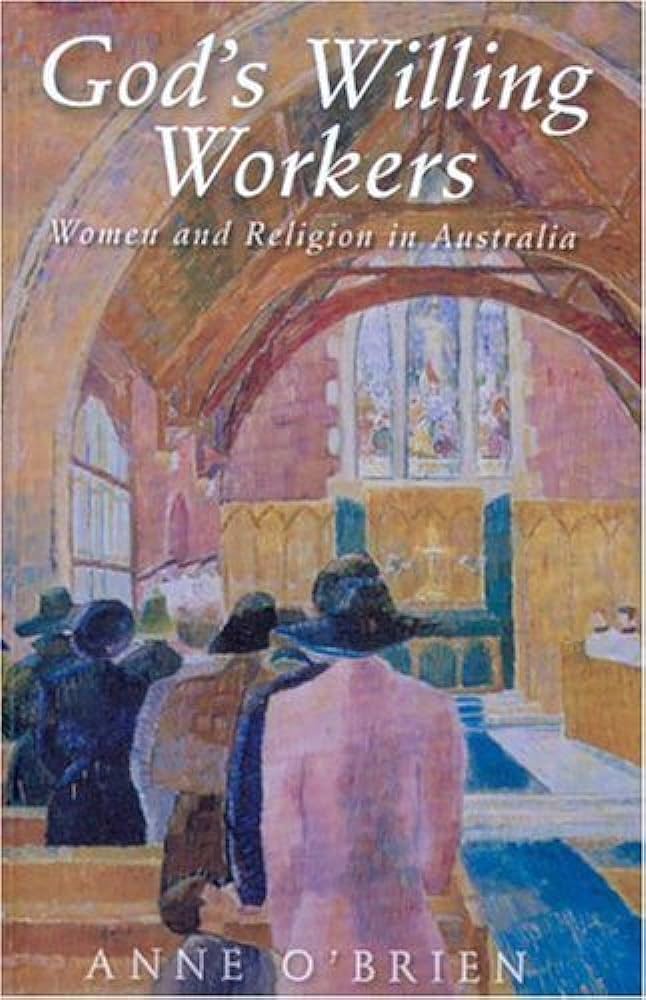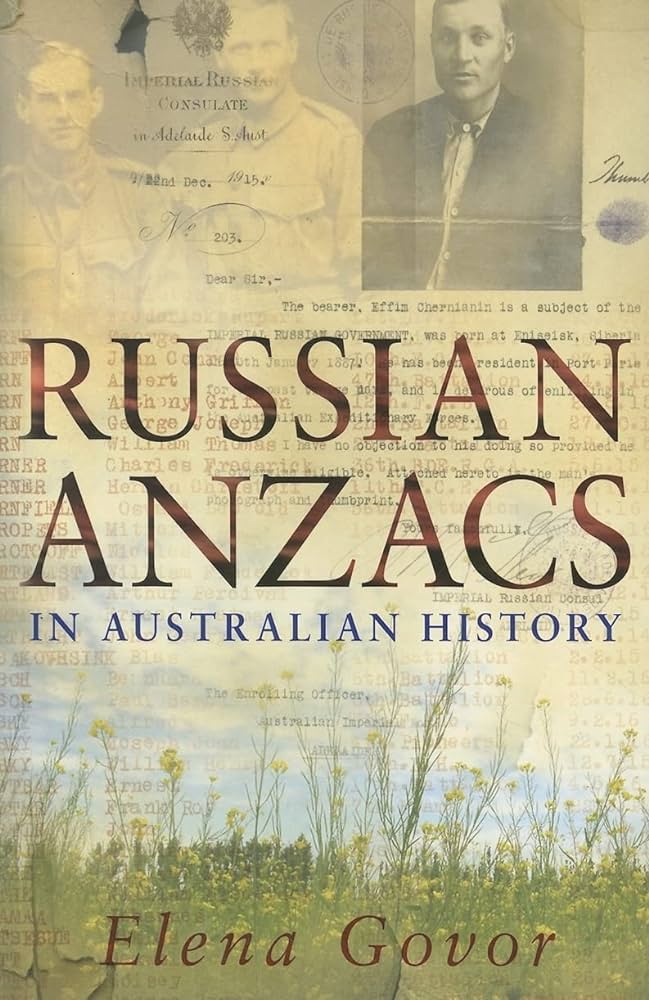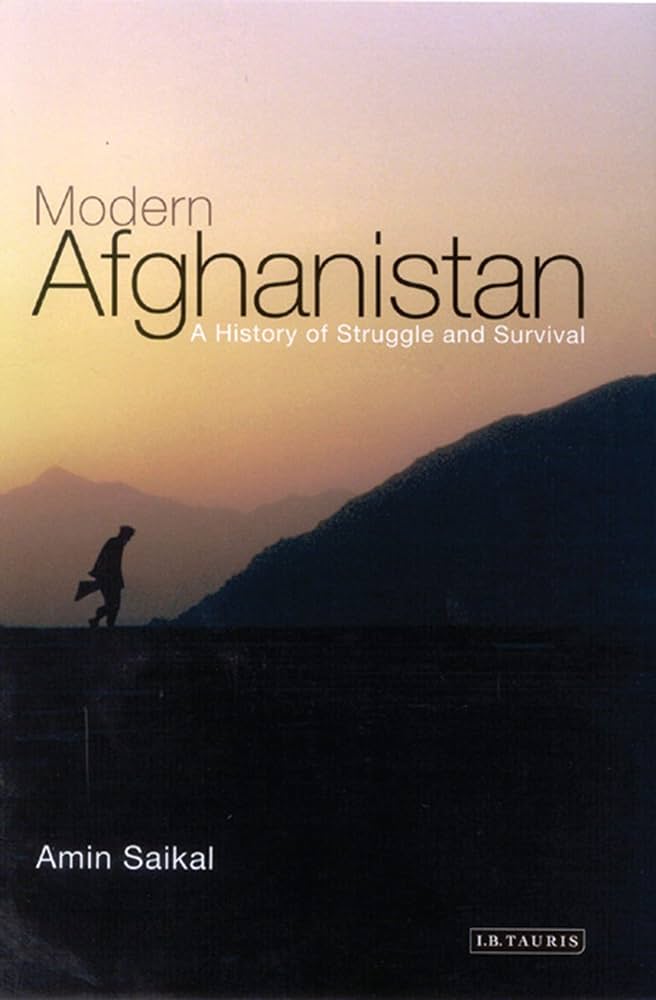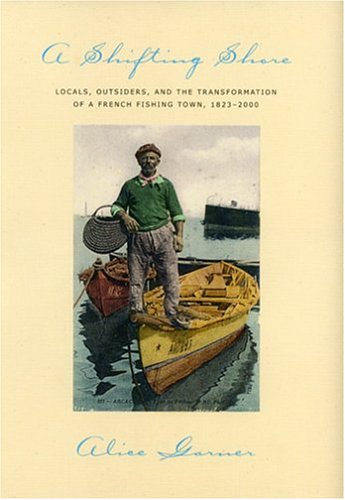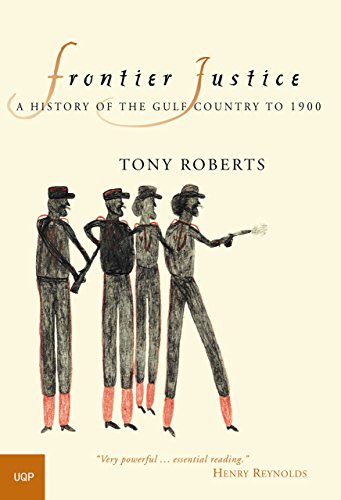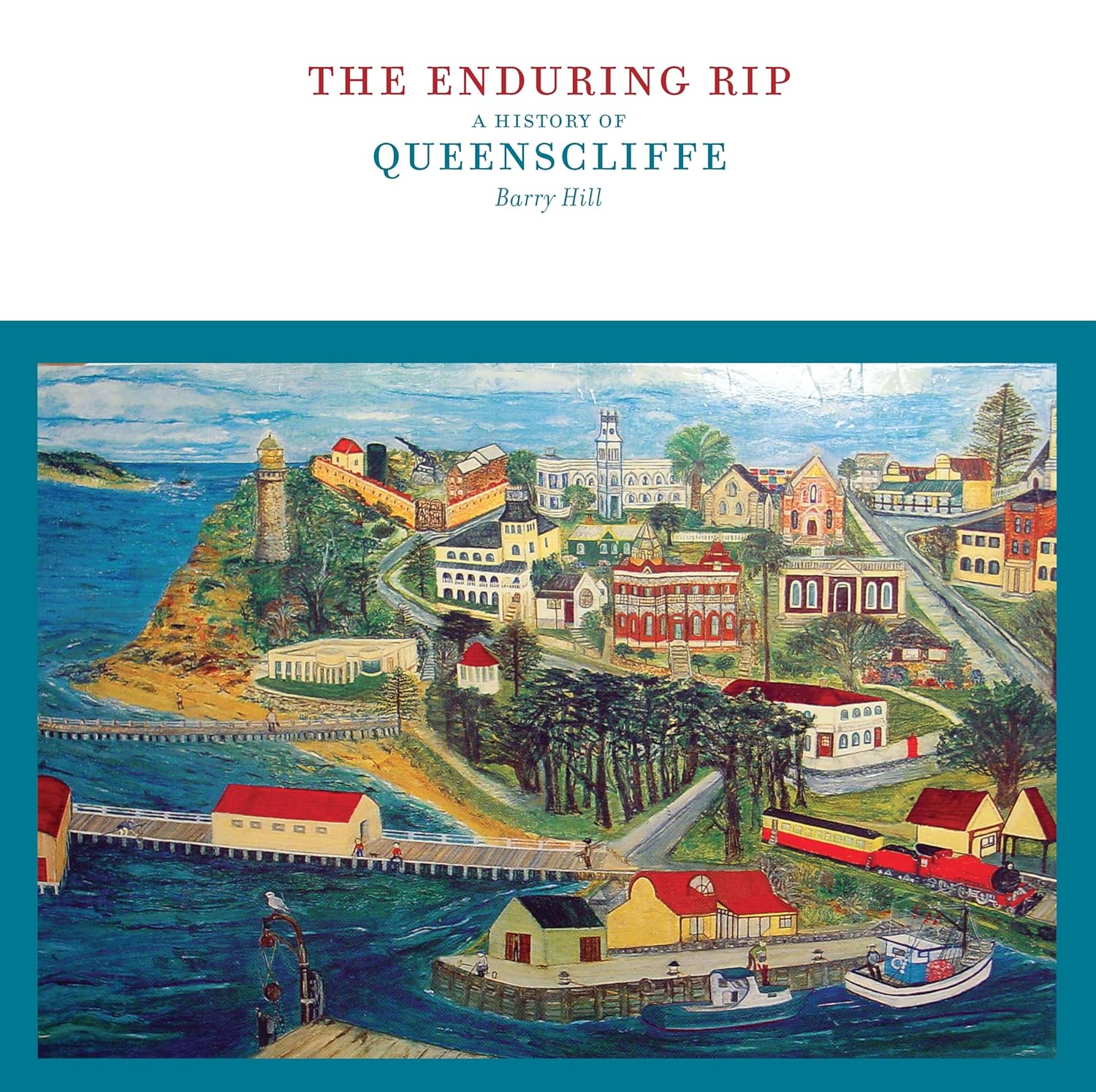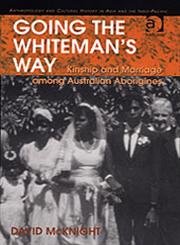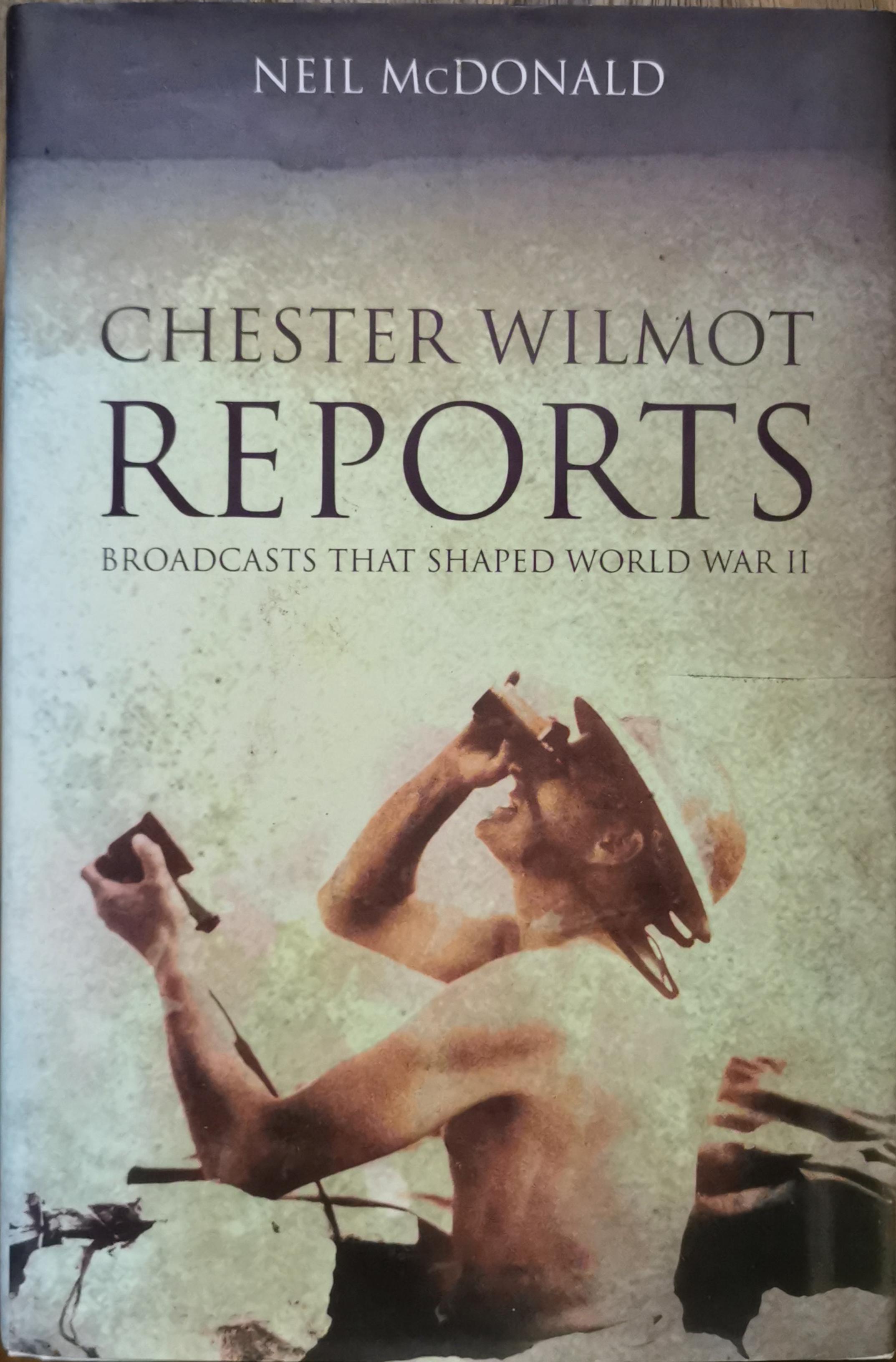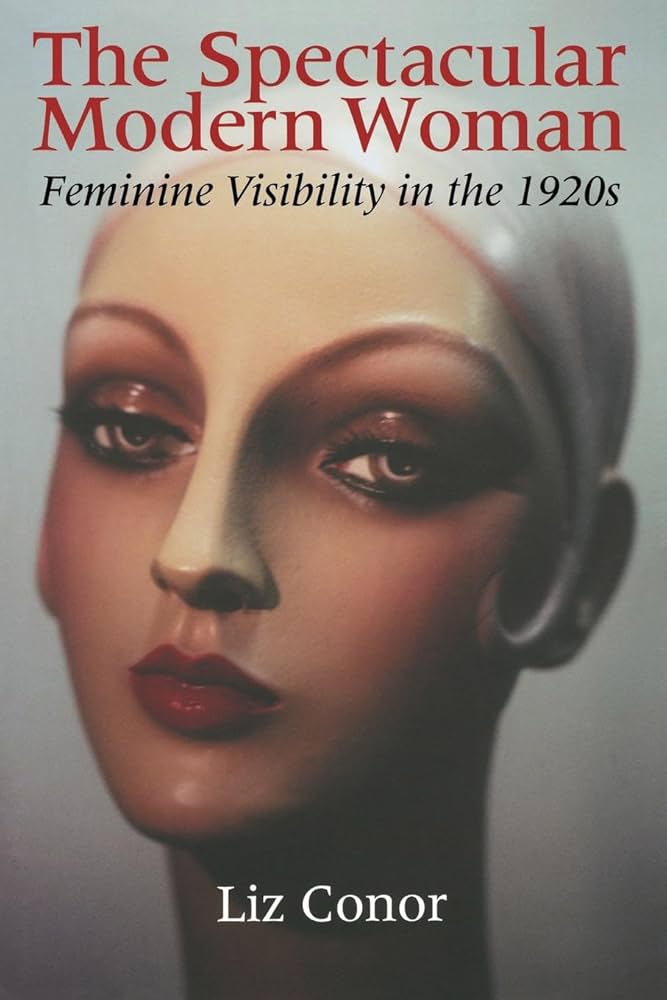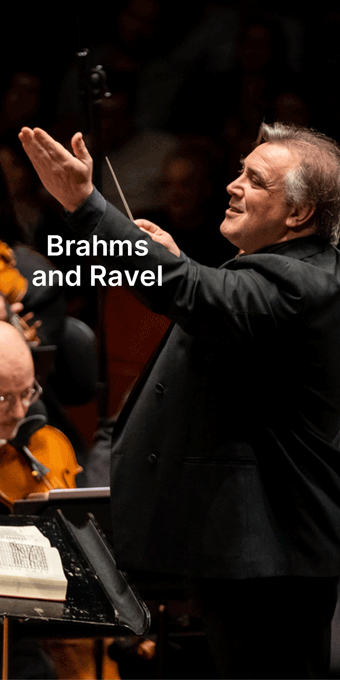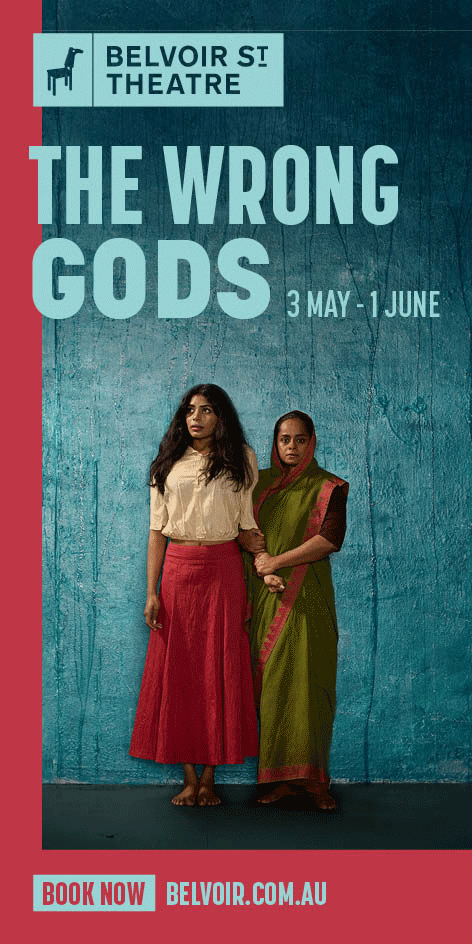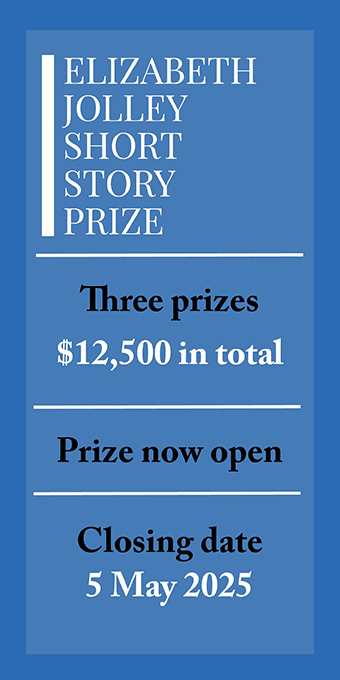History
Seeking Racial Justice by Jack Horner & Black and White Together by Sue Taffe
by Matthew Lamb •
God’s Willing Workers: Women and religion in Australia by Anne O'Brien
by Pamela Bone •
Modern Afghanistan: A history of struggle and survival by Amin Saikal
by Samina Yasmeen •
A Shifting Shore: Locals, outsiders, and the transformation of a French fishing town, 1823-2000 by Alice Garner
by Gay Bilson •
Frontier Justice: A History of the Gulf Country to 1900 by Tony Roberts
by Nicholas Jose •
Going The Whiteman’s Way: Kinship And Marriage Among Australian Aborigines by David McKnight
by Inga Clendinnen •
Chester Wilmot Reports: Broadcasts that shaped World War II by Neil McDonald
by John Connor •


